Today we shall be taking a deeper hands-on look at the Leica Noctilux-M 50mm ƒ1.2 (reissue). Released in 2021 as part of Leica’s Classic range, the Noctilux 50mm ƒ1.2 is Leica’s modern interpretation of the highly sought after Noctilux-M 50mm ƒ1.2 (double-aspherical) produced in 1966 to 1975.

*for clarity in this review, I will refer to the re-issue as the Noctilux 50mm ƒ1.2 and the 1966 version as the Noctilux 50mm ƒ1.2 (AA).
Background
After my reviews of the Noctilux-M 50mm ƒ1 version 1 and the Noctilux 50mm ƒ0.95 (my reviews linked on their names) I had self assumed that would be the end of my Noctilux series reviews, but well, I ended up becoming an unexpected owner of a Noctilux 50mm ƒ1.2.
*a shout-out to Drew & Barry, from which I purchased the set of Noctilux 50mm ƒ1.2 from.
This review is hardly technical (there is little point in staring at the MTF charts for a lens design based on a 1966 release) but more of an hands-on sharing in handling the Noctilux 50mm ƒ1.2 and how this optical design from 1966 performs in real life.

tl:dr
From the few written reviews on the Leica Noctilux 50mm ƒ1.2 available, I realised two things,
1. Quite a fair amount of reviewers do not like the lens for its lack of sharpness wide open versus modern lenses, one reviewer simply thrashed it because it is a USD7895 lens and hardly clinically sharp wide open.
2. there are even fewer reviewers who are able to share (coax) the bokeh character out of this Leica Noctilux 50mm ƒ1.2 and it is regrettable.
and my opinion is much different in that to appreciate this lens, one needs to see it as a modern interpretation of a 1966 lens design. Like the Noctilux E58, these lenses are never meant to be razor sharp (there are so many other options for plain-old clinical sharpness).
People go for the Leica Noctilux 50mm ƒ1.2 for its character in rendering, and most of all, with an understanding and patience in learning to work with it.

Technicalities
The development history of the Noctilux series while interesting to some can be pretty voluminous, hence I shall provide a more concise version while I am sure you can google for a more complete version.

Produced in 1966 to 1975, at a total quantity of 1,757 units, the Noctilux 50mm ƒ1.2 (AA) was the world’s first lens to feature aspherical elements. An unique aesthetic where images captured at maximum aperture are imbued with a soft, almost dreamlike quality with exquisite bokeh. This is the character that the re-issue seeks to emulate, except with modern coatings and technology aiding the production of previously difficult to produce aspherical elements.
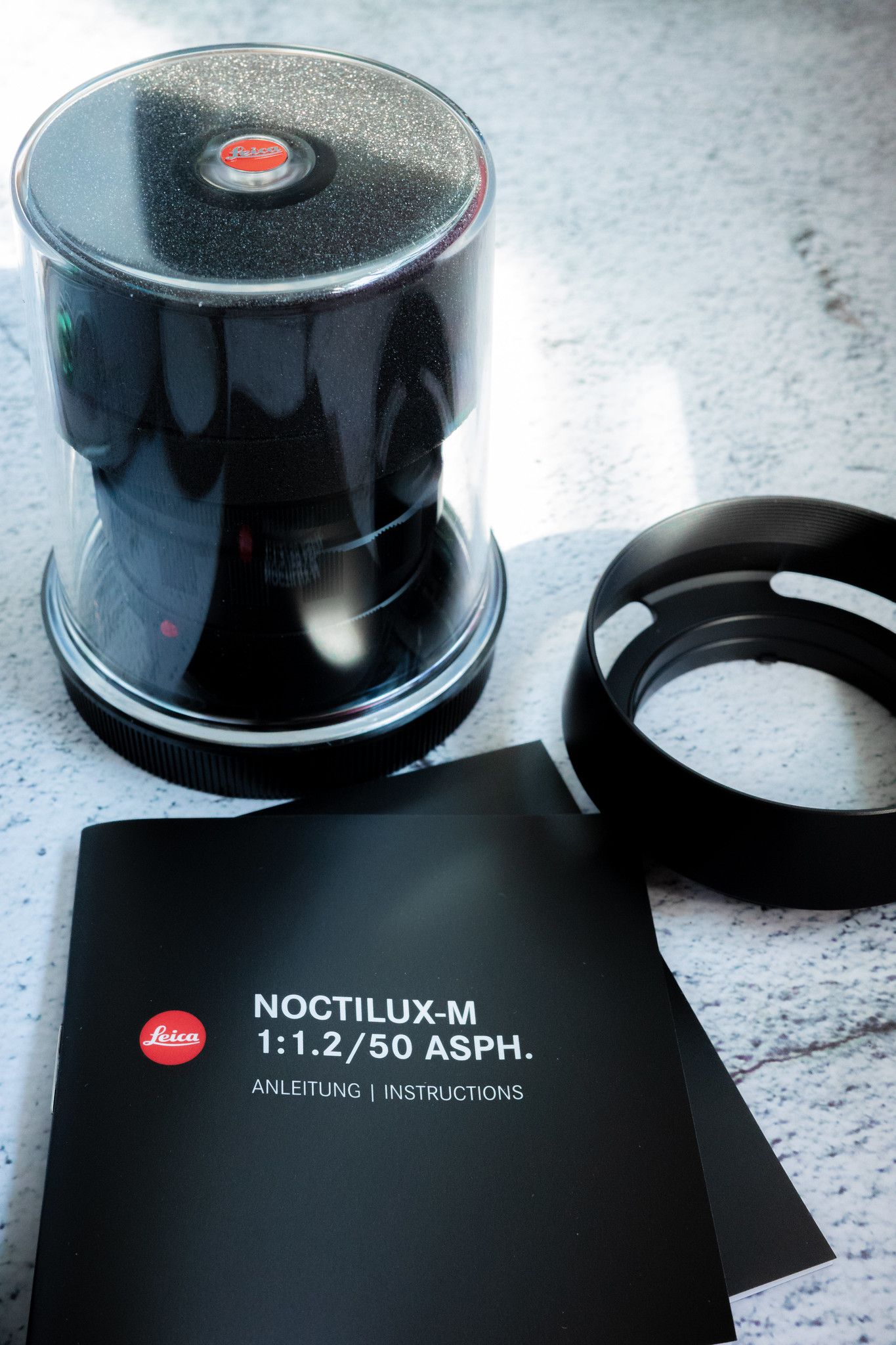
- 6 elements in 4 groups
- 16 bladed aperture design
- Two aspherical elements, similar to the 1966 Noctilux 50mm ƒ1.2 (AA)
- Minimum focusing distance of 1m , to infinity
- 49mm filter size, with a lens diameter of 61mm (without lens hood) and length 52mm (79mm with lens hood)
- Aperture range from ƒ1.2 to ƒ16
- There is also a silver chrome version (model no 11702) with a limitation of 100 units.

And if you are curious, both versions have optical designs with double aspherical elements.
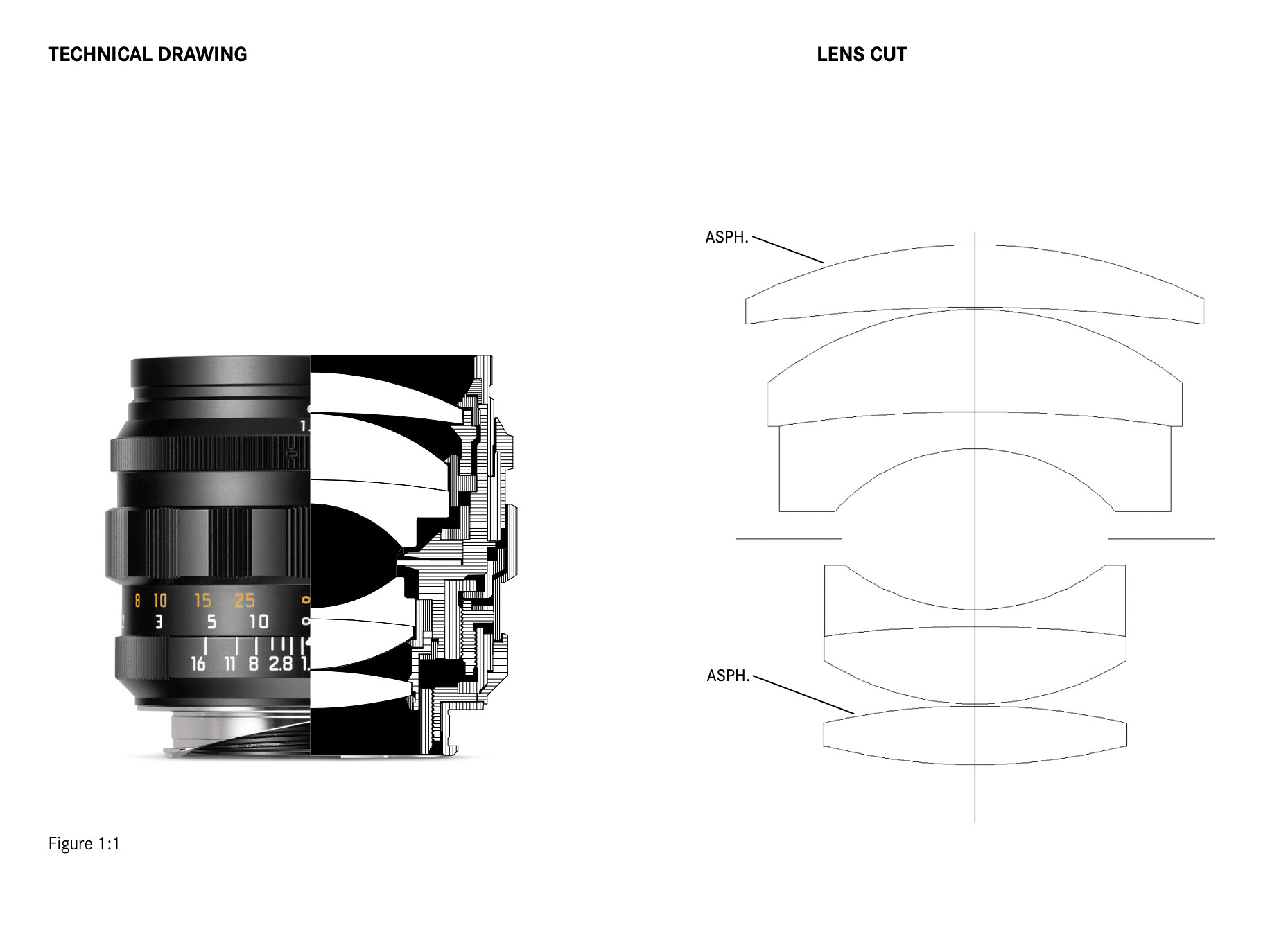
Performance and the Noctilux character
Handling wise, the Noctilux 50mm ƒ1.2 (AA) did not have a filter thread on the front element; it was part of the clip-on lens hood. The Noctilux 50mm ƒ1.2 (re-issue) instead comes with a 49mm filter thread. Leica went ahead with an almost 1:1 reproduction, with the hood design also a reproduction of the 1966 version. The size, handling and appearance of the 2021 re-issue are just about the same as the 1966 version.
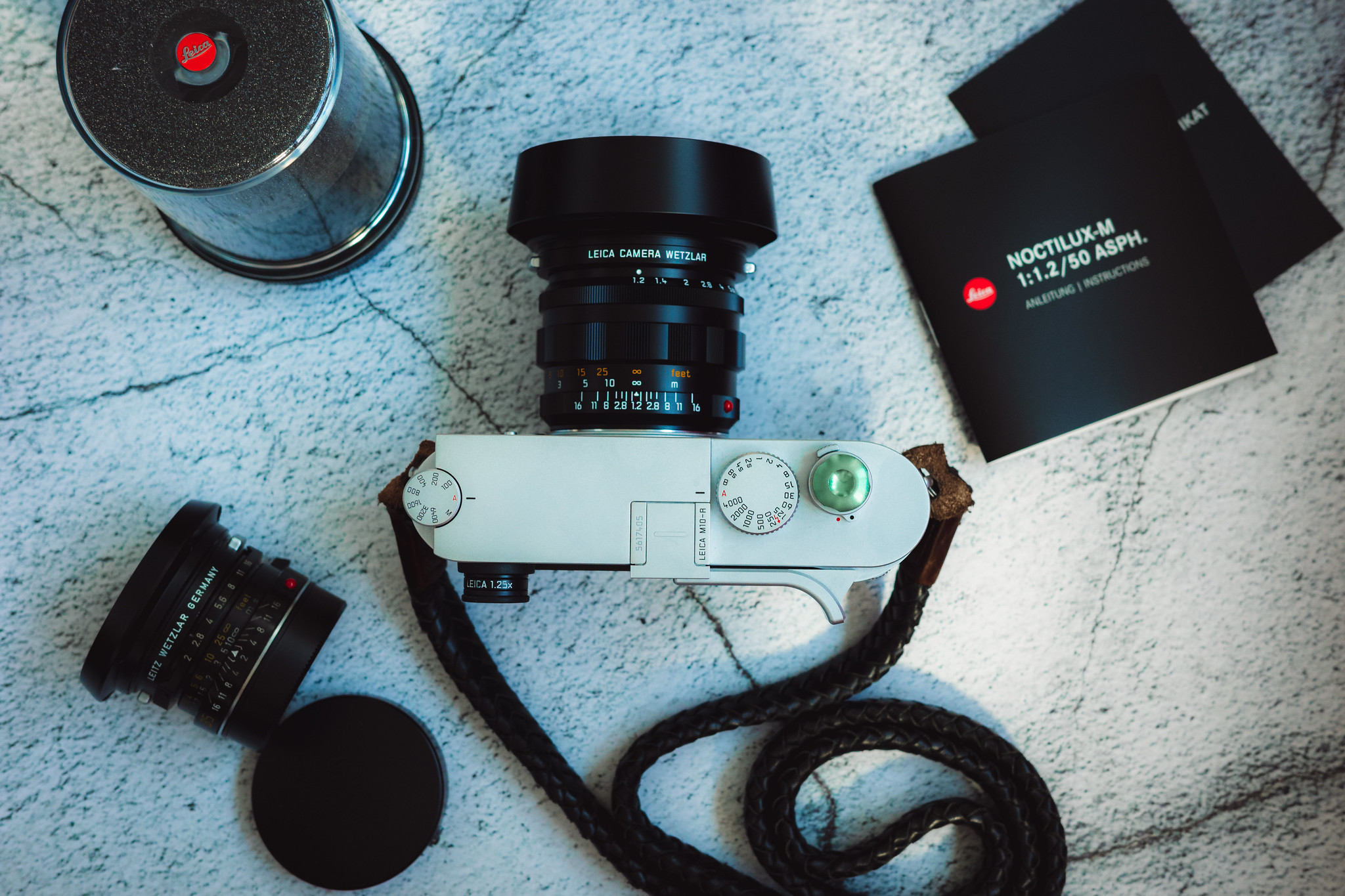
Coming from the ƒ1 and ƒ0.95 Noctilux lenses, the Noctilux 50mm ƒ1.2 is a much smaller lens (think similar to the Summilux 50mm ƒ1.4 ASPH), and as such, balances extremely well on the M body.
Some see the minimum focusing distance of 1.0m as a flaw, my question will be: “why would you use this lens at ƒ1.2 at 0.7m or even 1.0m?“
I do personally find the hood bulky and do not like that it does block the viewfinder and would at times prefer to use the Noctilux 50mm ƒ1.2 without it, but this is a personal preference.
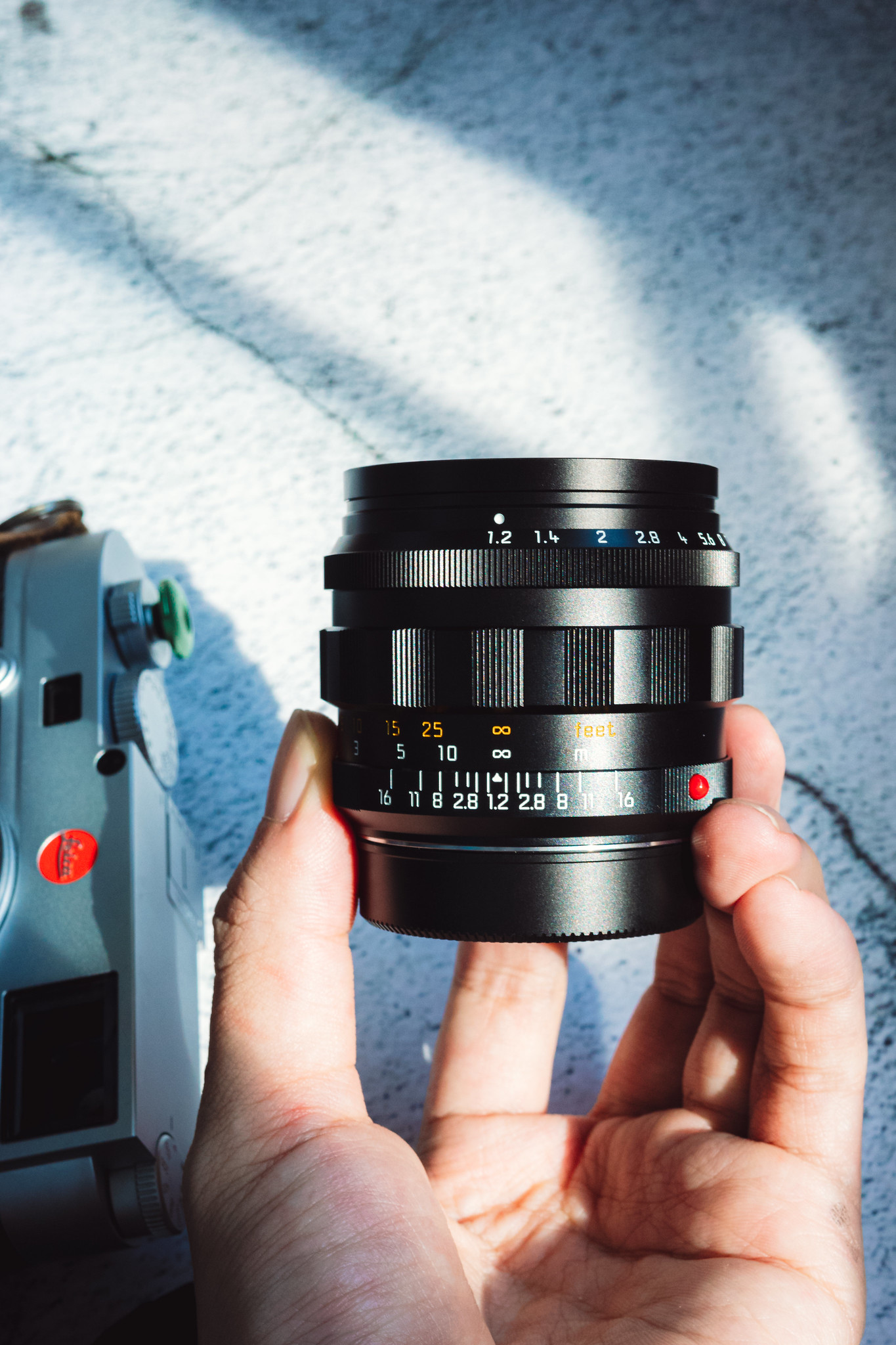
As with almost all of Leica’s lenses, the build of the Noctilux 50mm ƒ1.2 is impeccable and robust. While the focusing ring does not have a focusing tab, it has an excellent balance between smoothness and resistance, allowing me to go into the minute focusing accuracy I need at wide apertures when doing portraits.

At the appropriate focusing distance, the Noctilux 50mm ƒ1.2 presents a swirly effect in its bokeh drawing, drawing the viewer to the center of the image, where one’s portrait subject should likely reside. Bokeh being a subjective appreciation, will likely also have some finding this character a potential distraction and in this case, I will simply advice that one goes for a much cleaner background.
This is one character I would have hoped to see presented more in other reviews but unfortunately hardly.
Vignetting is present however not as heavy as say the Noctilux 50mm ƒ1 (E58) and as mentioned above, at maximum aperture, the dream-like exquisite look of the Noctilux 50mm ƒ1.2 (AA) is presented.


The 16-bladed aperture design also makes a noticeable positive difference in output, ensuring a perfect circular aperture. As one can see, the colour reproduction of the Noctilux 50mm ƒ1.2 is more on the muted side, reminiscent of Leica’s vintage era optics.

Something interesting I realised is how much the lens drawing changes from wide open to a more modern rendering at ƒ2 onwards
in a way, I feel like I have bought two lenses for the price of one.


From apertures of ƒ2 onwards, especially ƒ2.8 onwards, the Noctilux 50mm ƒ1.2 renders significantly sharper like any other Leica optic when we go smaller apertures, and from ƒ5.6 onwards extremely sharp.
One thing consistent is that the corners are soft across aperture values and never sharp and thus, I would not likely use this lens for landscapes though I will personally question your choice if you purchased this lens primarily for landscapes.

Rangefinder focusing at ƒ1.2 on the M10-R was thankfully very manageable for me with a 1.25x magnifier. I did not use the Visoflex or the Live-view(LCD) function as that is the fun in using a rangefinder camera for me.
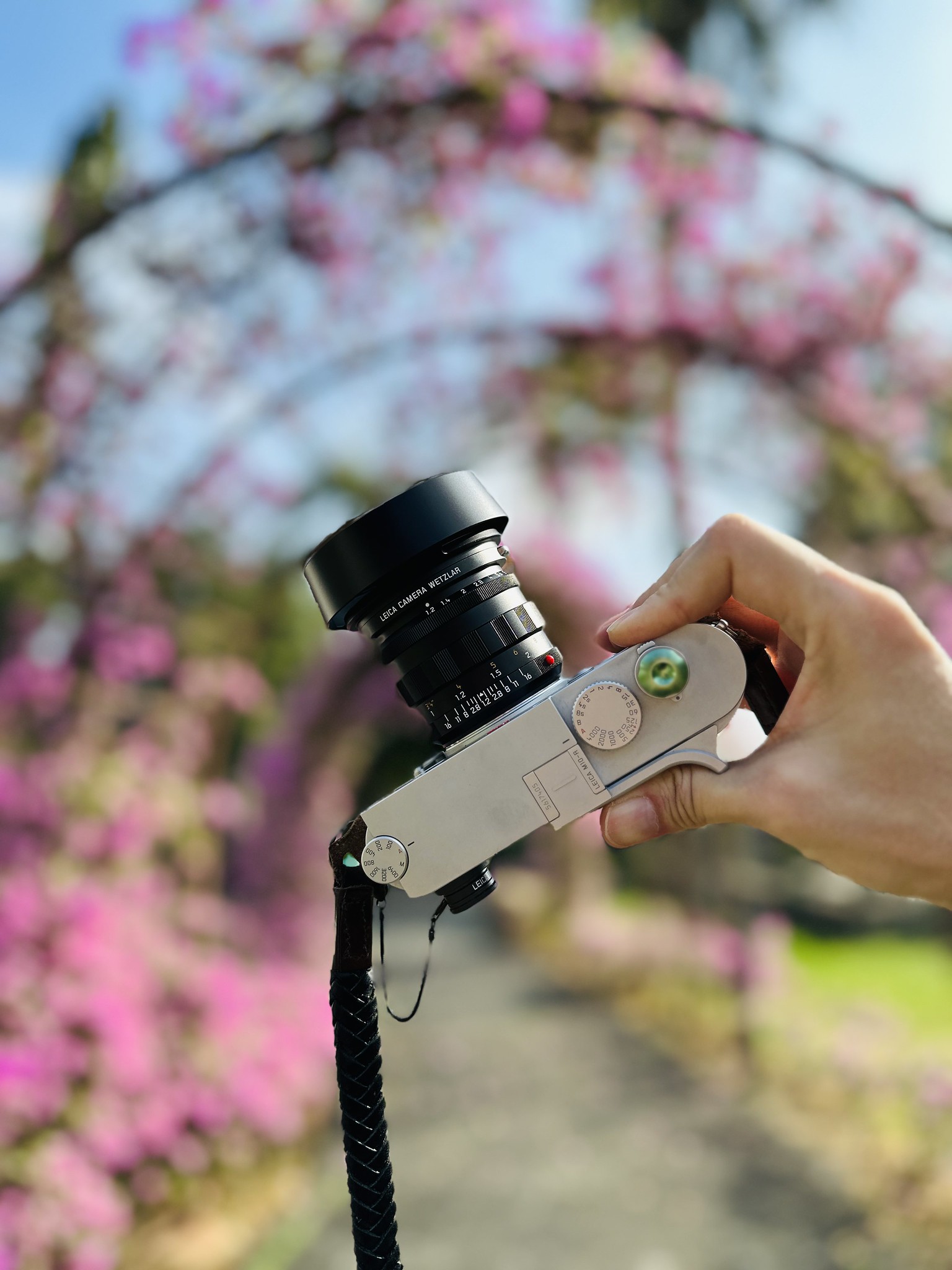
Conclusions
The Noctilux 50mm ƒ1.2 is an interesting lens not just because of the predecessor’s history as the world’s first lens with apsherical elements, it is also an unique lens in its own rendering and dream-like image output.
This is one lens that will polarise users, from the asking price to the fact that unlike a lot of modern lenses, the Noctilux 50mm ƒ1.2 does need the user to learn to work with it, and through the process, coax out the character of this portrait lens.

For me, this is a piece of optics I bought, and I used my personal copy for this review and I can say that this is a keeper. And I self-impose a hard strict limit on the number of M lenses I allow myself to own at any one time.
Lastly, Leica has mentioned before that they plan to stop production of the Noctilux 50mm ƒ1.2 one day in the future. I am sure that with enough time, even this re-issue will be a must-have lens for collectors and those who appreciates how the lens draws.
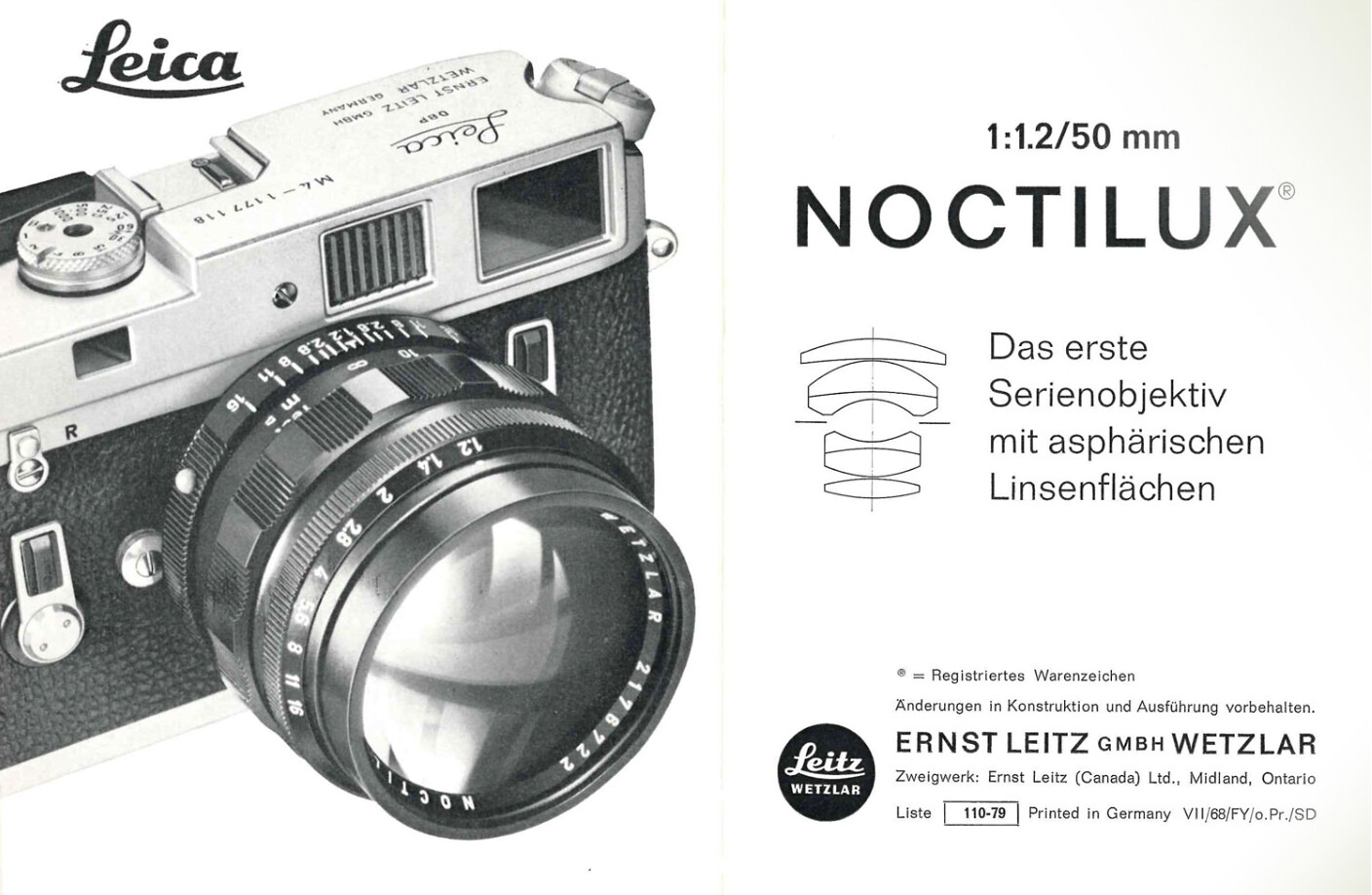
Thank you for reading.
Disclaimers:
- All product photos and samples here were photographed by me. I believe any reviewer with pride should produce their own product photos. The image of the technical drawing is from Leica.
2. All images were shot with the Leica M10-R and my personal copy of the Noctilux 50mm ƒ1.2
3. This review is not sponsored. There is nothing to return this round as everything here is bought and paid for by me.
4. I do not do affiliate purchase links to keep myself neutral. I write as a passion and a hobby, and I appreciate that photography brands are kind enough to respect and work with me.
5. The best way to support me is to share the review, or you can always help support me by contributing to my fees to WordPress for the domain using the Paypal button at the bottom of the page.

Hi Keith, I guess the joke is now on you that you ended up the owner of a Noctilux lol. And as always, well written review!
LikeLike
😅 I guess nothing is assumed to be fixed in life. Thank you
LikeLike
Excellent shots and sharing as usual!
LikeLike
Hi! Thank you as usual 😀
LikeLike
Hello Keith, thank’s for your review of this lens! Actually I have to admit that I am one of those guys who don’t really like the swirly bokeh of this lens. But I have to admit, too, that the photos you’ve taken with it are really very nice. Especially the last one in this review – the girl in front of this flower archway – is absolutely beautiful! So, thanks a lot for the review and your photos!
LikeLiked by 1 person
Hi there! Thank you for the kind words and you are dead right on the bokeh character being one of personal preference 🙂 that should be the way so that we at least know how the lens character is like and pick the one that works for us
LikeLike